You’ll Love the Experience and IQ: Nikon Zfc First Impressions
It looks really eye-catching, is surprisingly lightweight, and packs really good photo and video quality. The Zfc does feel like an APS-C all-rounder now.
If you read our article back in May about the need for a mirrorless retro body from Nikon, you would have noticed how badly I was hoping for one with a full-frame sensor. It didn’t get that, nor did it come close to the 30-megapixel resolution I was hoping for. But, I was pleasantly surprised when I got the Nikon Zfc in my hands to try out. Almost a carbon copy of my FM2, but seemingly a lot lighter, the Zfc more than delighted me when I used it. It might have the Nikon Z50 sensor in there, but it feels like the Zfc has dethroned it as Nikon’s best-ever APS-C camera. They’ve definitely put some emphasis on style, too: it’s available in six colors besides the classic silver-black you’ll see below. Plus, it’s got a pretty competitive price.
After moving to full-frame in 2013 with the Nikon D4, most crop sensor cameras don’t excite me. The extremely underrated Nikon J5, a constant travel companion of mine, is a notable exception to this. Even the very capable Z50 didn’t make its way to my kit after my tests with it. Shortly after the specs for Zfc were officially announced, I didn’t think I would enjoy using the camera because of the sensor size. But after a couple of weeks of using it, I think it could be a good addition. Not just for its size and looks, but because it’s also capable of producing some pretty good image (and video) results.

To the untrained eye, telling the Zfc and FM2 apart from a distance would be almost impossible. When my Dad saw the Zfc in my hands, he thought it was the FM2 from my vintage camera collection.
Tech Specs
Taken from the Nikon USA website
- 20.9 megapixels
- DX (APS-C) format sensor
- SD (Secure Digital) and UHS-I compliant SDHC and SDXC memory cards slots
- ISO 100 – 51,200 native range
- 30s to 1/4000s shutter speed range
- 209 auto focus points
- –3 to +3 EV (–5 to +5 EV when the exposure compensation dial is set to [c])
- X=1/200 sec flash sync speed. Auto FP High-Speed sync supported
- 2360k-dot (XGA) OLED electronic viewfinder with 100% coverage
- 3 inch, 1036K dots, fully articulating touchscreen LCD
- Hybrid phase-detection/contrast AF with AF assist
- Wide Area AF, and Auto Area AF for People and Animals
- Inbuilt Wi-Fi IEEE 802.11b/g/n/a/ac capable
- Bluetooth support
- 14.0 oz. (390 g) body weight
Gear Used
We used a production Nikon Zfc unit that came with the 16-50mm kit lens. We also used a
Nikon NIKKOR Z 35mm f1.8 S lens for some images.
Ergonomics
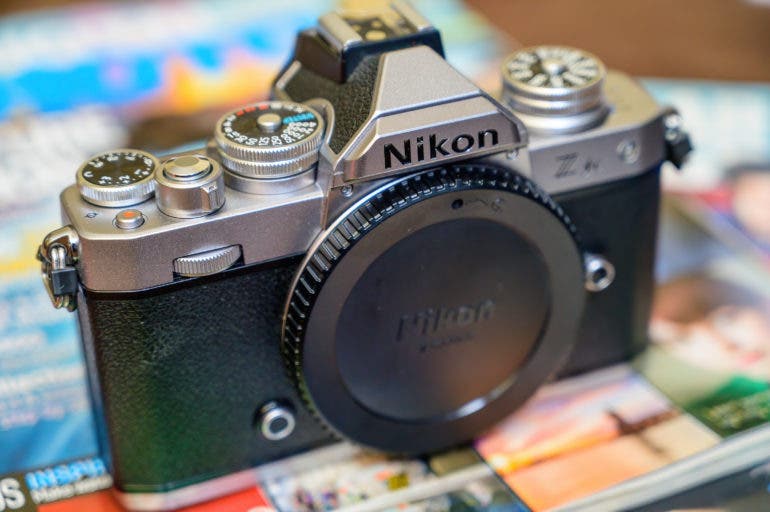
If you’re a seasoned DSLR or mirrorless camera user, then your fingers have probably become accustomed to the grips that most cameras these days have. Keeping in tune with its vintage bodies, the Zfc does not have a grip as part of its original design. Nikon says a grip will be available as an accessory to the Zfc, but I haven’t seen one yet. The lack of a grip felt funny to me. I was almost clutching the camera at first, being used to a grip on almost all my other cameras. After a day or so of using it, my fingers began adjusting to holding it differently each time I picked it up.
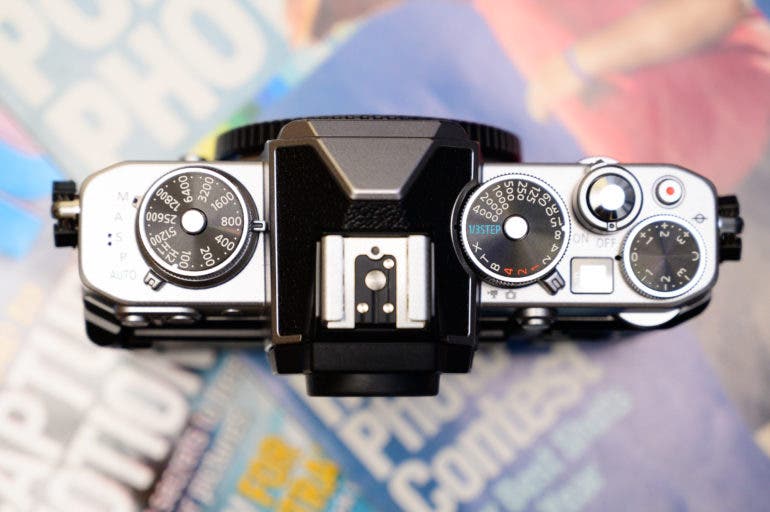
Made of solid aluminum, the dials don’t just look good: they feel good too. The markings look to be laser etched in the dials. Nikon didn’t think of adding screw release cable support in the shutter, which is perfect because who uses those nowadays anyway? I do wonder why they had the shutter speed dial eat into the eyepiece prism on the top. Surely this dial could have been moved a few millimeters to the right if the exposure compensation dial was made smaller? Below the ISO dial is the M/A/S/P/Auto mode dial.
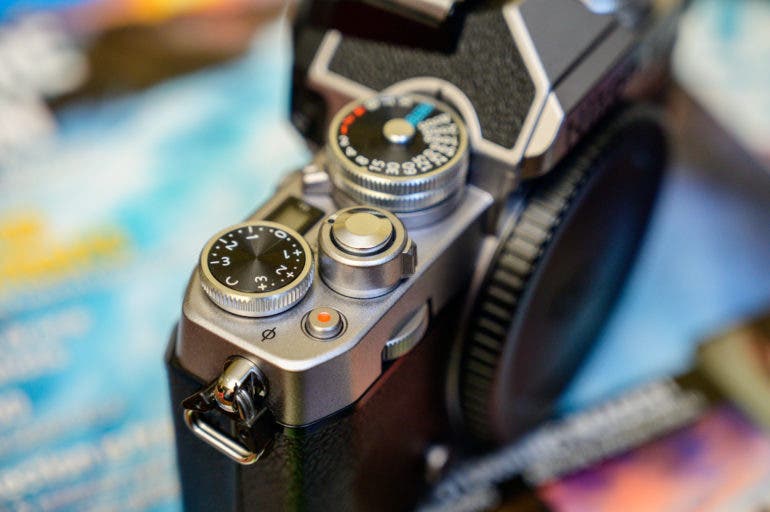
The shutter button also has the on/off lever surrounding it. To its right is a tiny movie recording button. The front dial, primarily used for aperture setting changes, seems smaller than the one on the Z6/Z7 bodies.
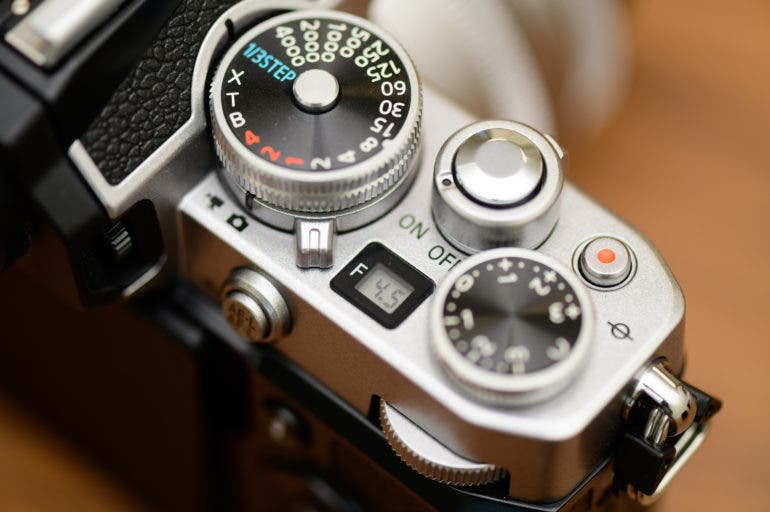
There’s also a tiny LCD between the shutter speed and exposure compensation dials, displaying the lens’s current aperture setting. Note that the shutter speed dial also has a 1/3 STEP option. When set to this mode, you can use the rear dial with your thumb. This allows you to set shutter speeds at 1/3 intervals (for example 1/2500 and 1/3200 between 1/2000 and 1/4000) between the ones seen marked on the shutter speed dial.
Build Quality

On the whole, the camera feels good in the hands. I was expecting it to be about as heavy as the FM2, but it felt much lighter. The top dials give a nice solid click when you turn them, and the shutter button has that classic shutter button feel (and sound) to it.
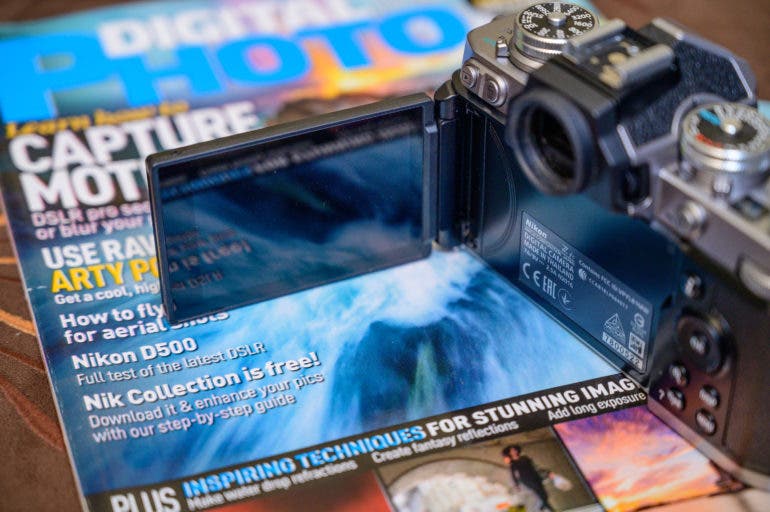
The fully articulating LCD was a pleasant surprise. When folded away, it tucks into the Zfc body with a satisfying click. This does mean that you need to use a little more force than expected to open it out.

Now when you have a camera that looks and feels like it was built with premium quality material, why would you go and put a plastic battery/card cover? The moment I touched this to open it, it felt like it was made of very cheap plastic. The kind you’d find on dollar store kids’ toys. I think I was more surprised because it looked metallic. I was afraid to open it after a few times because I felt like it would break off. The unfortunate part is that it seems like the base plate is made of the same material too. Definitely not metal. I get that there was probably a focus on keeping the weight down. Yet I wouldn’t have minded a few extra grams to get the quality feel of a metal base, like on the Z6/Z7 bodies. This was very disappointing.
Nikon also says this camera has weather sealing. But we didn’t test that just yet. We’re looking forward to using it in the rain.
Ease of Use
This isn’t a run-and-gun type camera. At least, I don’t think it’s meant to be one. True, it’s being marketed as a constant companion wherever you go. Yet, I feel like Nikon wants Zfc users to slow down and enjoy the experience of using it more than just as an image capture device. Like the film days, the thought process before the shutter was depressed is the important part. As I almost always do with any camera, I shot my images on the Zfc using Manual mode. It did take longer than usual to snap each image (because of the button you need to press while using the dials on the top). On the whole though, it was an enjoyable process.
You could always move the top shutter dial to the 1/3 STEP setting and use the rear dial for quickly changing shutter settings. But why take the fun out using this camera? This camera is a throwback to the old days when life wasn’t as fast-paced. We’re living the rest of our lives now at breakneck speed anyhow. Whatever camera is in your hand, it’s okay to slow down sometimes for your photography. The Zfc just makes you feel that each time you hold it. I do wish the Zfc had IBIS though. Videographers who want to use this camera might want that more.
There’s no dedicated AF-ON button for Back Button Focus users. However, you can opt to change the AE-L/AF-L button to support this, using the Custom Setting menu. Nikon has surprisingly provided 11fps as the Continuous High shutter option for this camera: not something I expected.
Autofocus

Nikon’s Z6 and Z7 were slated for having less than stellar Autofocus performance until the release of their 3.0 firmware. Thankfully, we won’t have to wait this long on the Nikon Zfc, as initial testing shows that the AF is pretty good. I don’t know how they managed this with just one processor, but it’s definitely better than the Z50. Take a look at the image above. It was shot using Auto AF on Continuous High mode. Our model Trisha was walking towards the camera for this test and is perfectly in focus in every frame in this nine-image burst. She’s holding a Zfc as well, as I received two units for testing.

Eye-AF worked well for the most part. The snappiness of the AF on the Zfc felt closer to that on my Z6 II than that on the Z6. Nikon’s done something really well with the firmware on this camera. I seldom had to worry about missing focus during my tests, even in low light.
Image Quality

The IQ on the Zfc is a notch better than the Nikon Z50, which we found to have probably the best low light performance of any APS-C camera we’ve tested. The dynamic range was more impressive than I expected, as seen in the before edit / after edit image above. I noticed noise creeping into the shadows from ISO 4000 onwards, but it’s nothing that a good post-processing software can’t handle.
All the images below were shot on the Zfc and have not been edited.




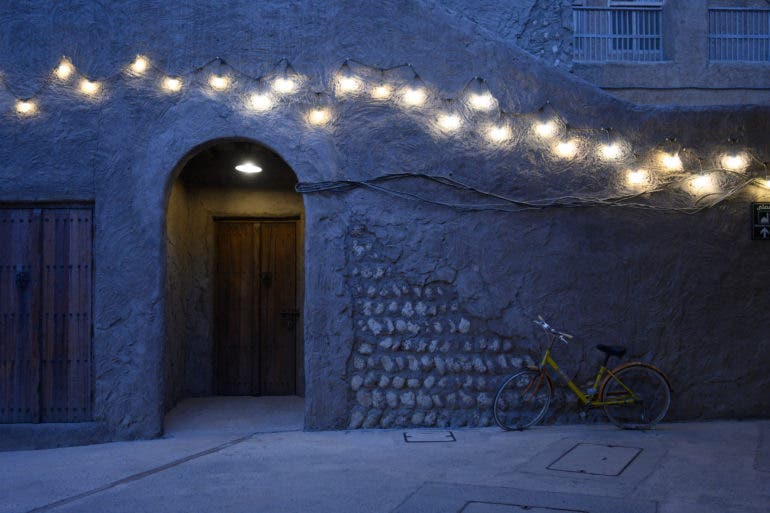
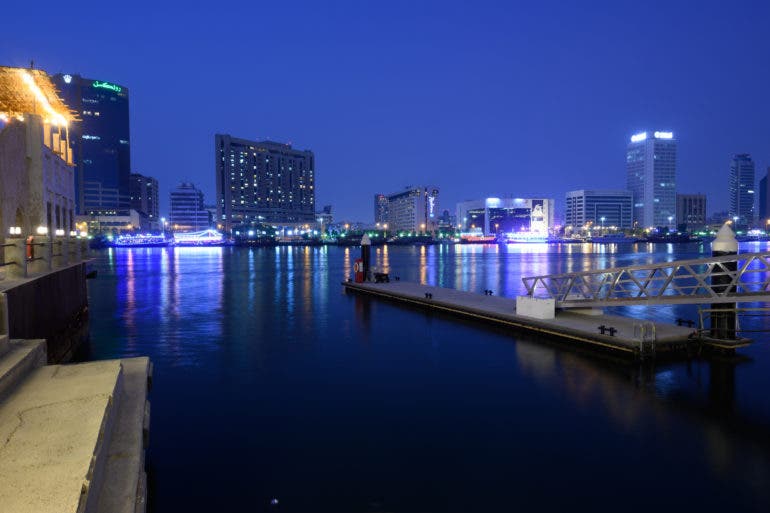

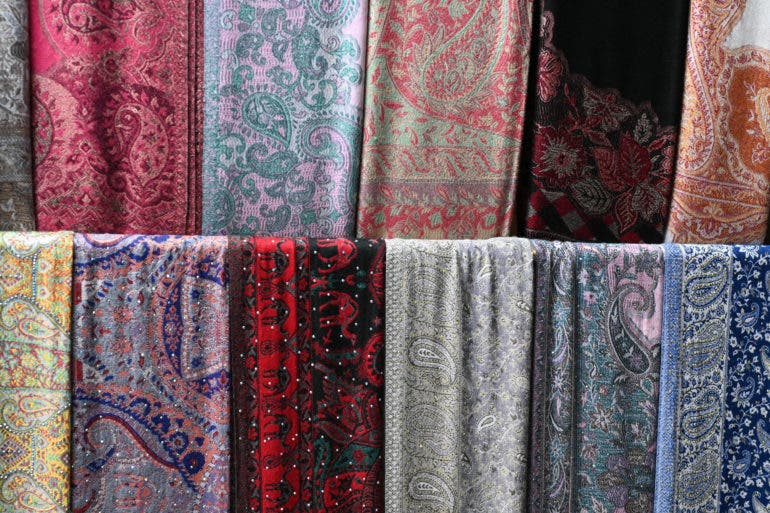


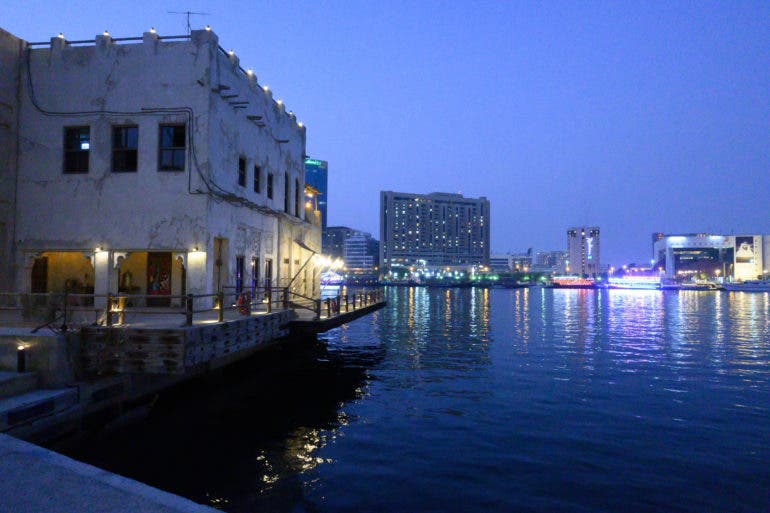

First Impressions

If I picked an APS-C camera from their lineup today, the Zfc would be my first choice as a Nikon user. It’s quite competitively priced, and it offers a lot for the extra price over the Z50. It does seem like Nikon is on a path to recovering some lost ground in the mirrorless market. The Zfc is a bold step towards this. It’s sleek, it looks stunning, and it produces solid image quality too. You’re bound to love using it. I’m especially pleased with the autofocus accuracy, especially in Auto-AF mode. Nikon may be marketing this model more towards women, but I wouldn’t mind owning one of these myself. Stay tuned for our extensive review to see how this stacks up against its competitors from other brands.
Want one? Be sure to check them out on Amazon.